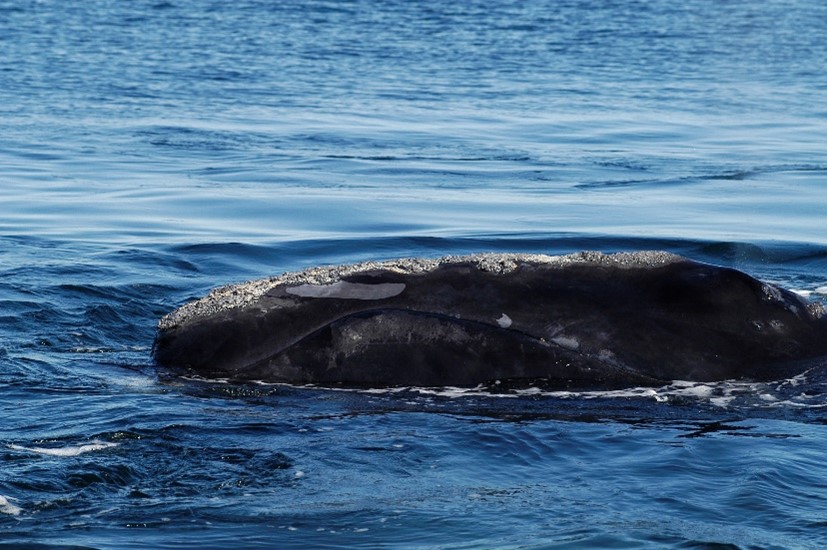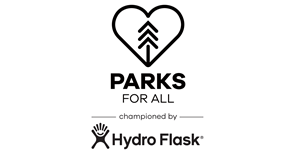As David Attenborough so eloquently says in his new Netflix documentary, A Life on Our Planet, “The living world is a unique and spectacular marvel, yet the way we humans live on Earth is sending it into a decline.” As communicators and public relations professionals, we are in the powerful position of being able to make people care and notice environmental issues through examples, images, and anecdotes in a way that inspires action. Here are some examples:

The endangered North Atlantic right whale population is rapidly declining. The North Atlantic Right Whale Consortium (NARWC) estimated there were just 356 whales at the end of 2019. Scientists at the Anderson Cabot Center for Ocean Life (ACCOL) at the New England Aquarium use names given to the whales when communicating research, entanglement, and population updates to inspire people to act in respect for these animals. In February of 2020, a female right whale named Dragon was spotted entangled in fishing gear and in very poor condition south of Nantucket. In a press release about the incident, the Aquarium referred to Dragon by name, and included details like her age (19 years old), how long the Aquarium had known this whale (since birth), how many offspring she has, and anecdotes about her. When Dragon’s son, known as Catalog #4680, became entangled nine months later, the press release named Dragon and the relationship to her calf to highlight that these whales have families too and they are losing their loved ones due to the way we are using their home. All this information was included in their communication to pull at the audience’s heartstrings, convey how these animals need our help, and try to make people care about this population that is declining so rapidly because of human error and carelessness.

Hydro Flask, an insulated drinkware and cooler company, has a giving initiative that supports non-profits that build, maintain, restore, and provide better access to parks. The Parks For All campaign has supported 92 nonprofits, donated 26,043 water bottles, and has donated $1.5M while promoting the protection of our parks and the benefits of the outdoors. In a video for the campaign and on the webpage for the program, Hydro Flask highlights beautiful parks and smiling people enjoying swimming, hiking, boating, camping, and so many more outdoor activities. By sharing this footage and imagery, it taps into people’s inner adventurer and gets them thinking about what the land would look like if we don’t continue to maintain parks and care for them.

Health In Harmony is an international nonprofit dedicated to reversing global heating, with the understanding that rainforests are essential for the survival of humanity. Using a process called Radical Listening, this organization was able to work with the indigenous people of Borneo to understand what resources they needed to be more accessible, so they no longer needed to illegally cut down lumber to pay for things like healthcare. In a promotional video on their website, they not only used words and key statistics to describe this process and impact, but included visuals of children getting the care they need, indigenous people smiling, a room full of chainsaws that are no longer needed, and the wildlife and forests flourishing. By sharing the positive impacts of the program, it inspires people to get involved. The call to action to donate at the end of the video serves a much larger purpose after we visually see the results.
Acknowledging and admitting that these issues exist is the first step to act in trying to solve them. These organizations and companies are working to reverse the environmental impact of humans and empower people to get involved and make a difference. We do this by sharing information in a way that pulls at heartstrings, creates an emotional connection, and provides tangible evidence of the issue and solutions. As communicators, it is our job – our privilege really – to use our expertise to be an effective partner to support those who are solving these environmental issues.


